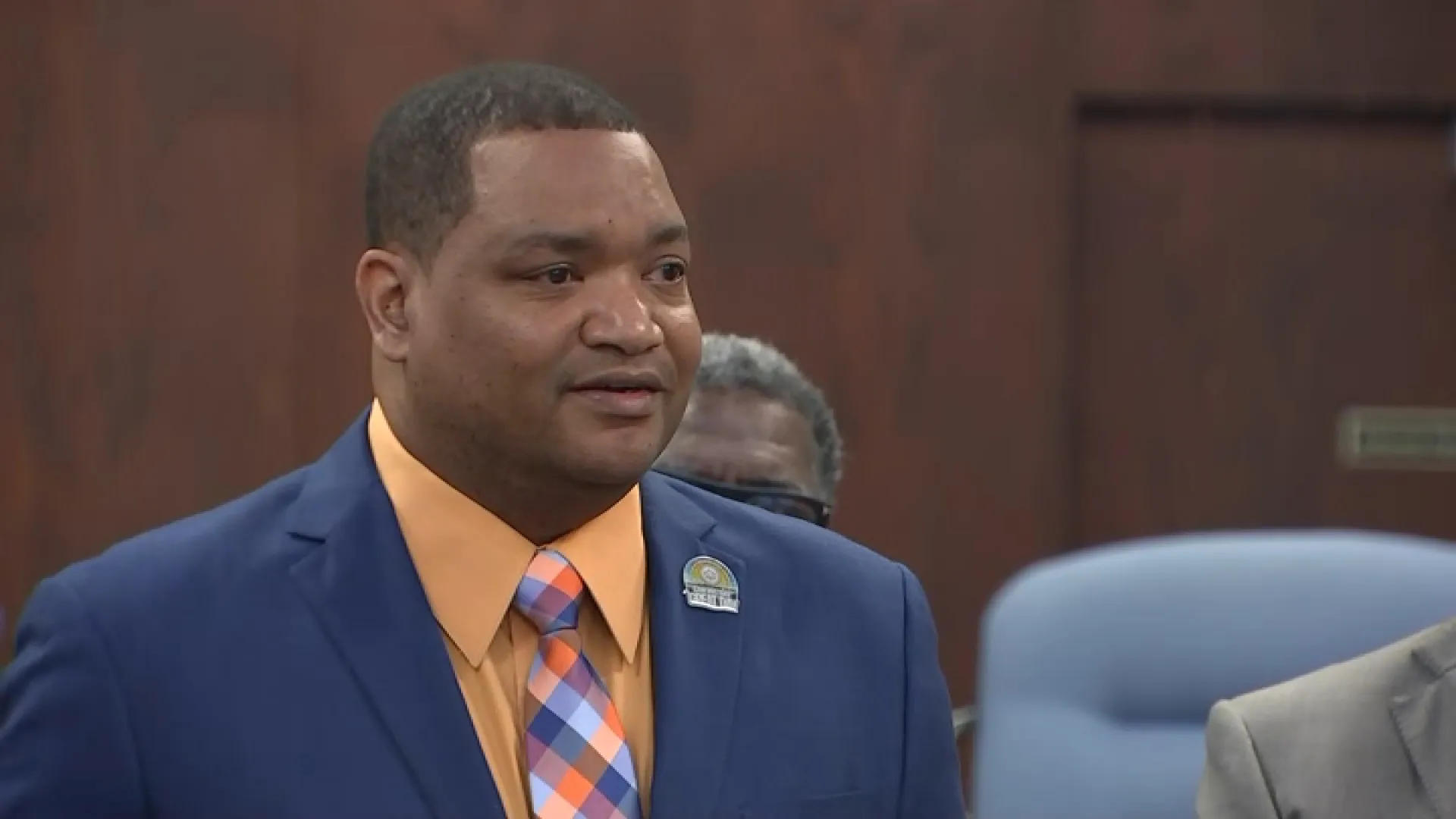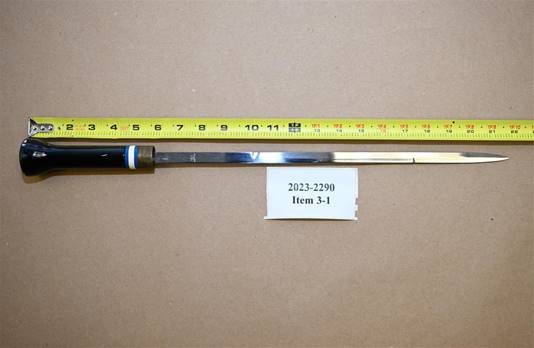Delaware finished renourishing its beaches about seven months before Superstorm Sandy hit Delaware; perfect timing according to Gov. Jack Markell.
"We were lucky, we were spared the brunt of the devastation that our neighbors to the north experienced. And thanks to the beach nourishment projects that were completed last year, hundreds of millions of dollars of potential damage was prevented," Gov. Markell, D-Del., said.
The state started replenishing its beaches in 2005, using $50 million in state and federal funds.
"We had beaches that were as full as they could be," said Tony Pratt. Pratt oversees Delaware's shoreline and waterways for the Dept. of Natural Resources and Environmental Control. "I think that's why we were so resistant and so well-defended by that work when Sandy hit us."
That wasn't the case for the beach along Route 1, north of the Indian River Inlet Bridge. DNREC says the last time that beach was resupplied was in the late '80's. Consequently, after Sandy, Route 1 was flooded and buried under four to five feet of sand, shutting down the major north-south corridor.
But $30 million from Uncle Sam will help restore Delaware's beaches and dunes to pre-Sandy conditions; $6.5 million will go towards making the Indian River Inlet beach a couple hundred feet wider, with a much more substantial dune. The money is part of the federal Sandy aid package.
"Sandy was a really outstanding storm. It was huge. Assuming we have more average conditions, I think that dune will hold up very well," said Pratt.
Local
Breaking news and the stories that matter to your neighborhood.
But some argue resupplying beaches with sand, in general, is a waste of taxpayer dollars.
"I have heard remarks like that, that this is spending the taxpayers' money to fix up rich people's front yards," said Gary Jayne. Jayne served as mayor of South Bethany from 2006-2010. His beach was replenished in 2007. "And the response to that, of course, is that there's an enormous amount of money generated for the state by tourism."
A University of Delaware study released last summer found the coastal economy generates $6.9 billion a year for the state, supports 59-thousand jobs and contributes $711 million in additional local, state and federal taxes.
"As long as that investment is returned by favorable dollars, dollars that are greater than the expense, then we will continue in the business," Pratt said.
Pratt admits beach nourishment is not a permanent solution, but says if it buys the state another 30 years, it's money well spent.
This story was reported through a news coverage partnership between NBC10.com and NewsWorks.org



